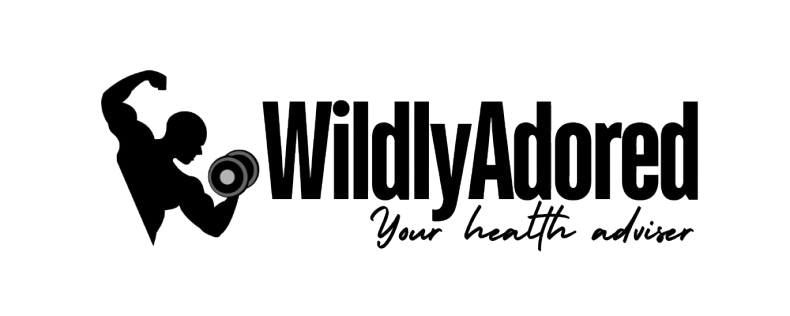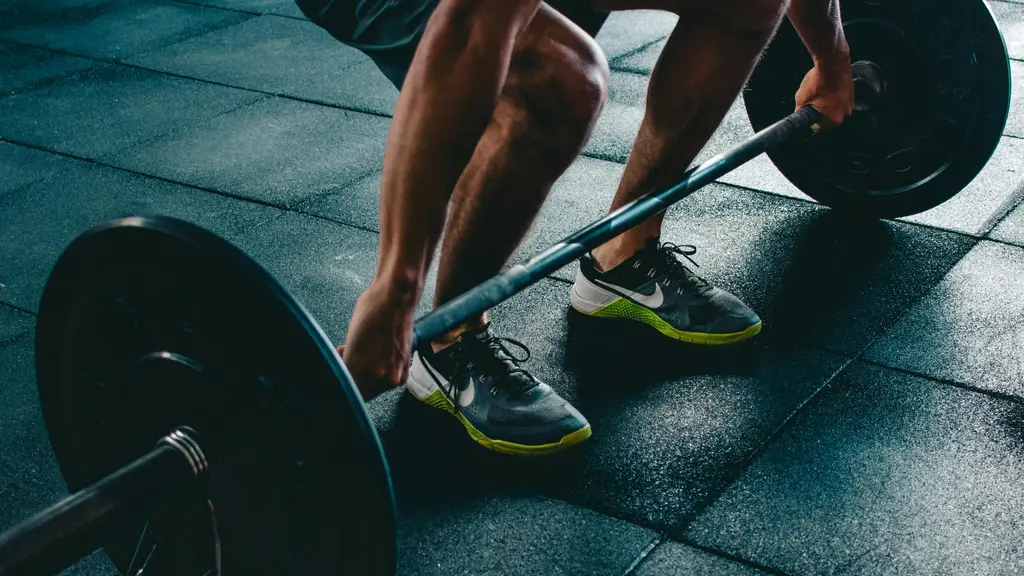Table of Contents
- Introduction
- 1. Setting Realistic Goals
- 2. Importance of Consistency
- 3. Starting With the Basics
- 4. Nutrition: The Foundation of Fitness
- 5. Tracking Progress
- 6. The Role of Recovery
- 7. Overcoming Common Barriers
- 8. Conclusion
- FAQs
Introduction
Starting your fitness journey can be both exciting and overwhelming. With a plethora of information available, knowing where to begin can feel like a challenge. Whether your goal is weight loss, muscle gain, improved stamina, or simply better health, the first few steps set the tone for long-term success. In this post, we’ll walk through the early steps of a fitness journey, helping you start strong, stay motivated, and build a foundation for lifelong wellness.
1. Setting Realistic Goals
The foundation of any fitness journey is setting clear, achievable goals. Many people make the mistake of setting unrealistic goals that can quickly lead to frustration and burnout. Avoid setting vague objectives like “I want to get fit” or “I want to lose weight fast.” Instead, be specific: “I want to lose 5 pounds in a month,” or “I want to be able to run 5 kilometers in six weeks.”
SMART Goals
A useful framework for goal setting is the SMART acronym:
- Specific: Define what exactly you want to achieve.
- Measurable: Make sure your goal can be tracked.
- Achievable: Set a goal that is challenging but realistic.
- Relevant: Ensure your goal aligns with your personal values or needs.
- Time-bound: Set a timeline for when you want to achieve your goal.
Example: “I want to build muscle by gaining 3 pounds of lean mass in three months through strength training 3 times a week.”
2. Importance of Consistency
Consistency is one of the most critical factors in achieving fitness results. Even the best workout program will not yield results if followed inconsistently. Start by creating a routine that you can sustain in the long term. This may mean starting slow, especially if you’re new to fitness.
Tips for Staying Consistent:
- Set specific days and times for your workouts. Treat them like appointments you can’t miss.
- Begin with just 2–3 sessions a week. As you progress, you can increase the frequency.
- Focus on habit-building: It takes about 21 days to form a habit, so commit to sticking with it.
3. Starting With the Basics
For beginners, it’s essential to start with simple, foundational exercises that will help you build strength, flexibility, and endurance. This will also help reduce the risk of injury, which is common when people try to do too much too soon.
Beginner-Friendly Exercises:
- Bodyweight exercises: Squats, push-ups, lunges, planks, and burpees. These exercises target major muscle groups and can be done anywhere without equipment.
- Cardio activities: Walking, cycling, or swimming are great ways to improve cardiovascular health and endurance.
- Flexibility and mobility: Yoga or basic stretching helps improve flexibility and joint health.
As you progress, you can gradually introduce weightlifting, high-intensity interval training (HIIT), and more complex routines.
4. Nutrition: The Foundation of Fitness
No matter how hard you train, without proper nutrition, your progress will be limited. Nutrition fuels your workouts, aids in recovery, and supports muscle growth and fat loss.
Key Nutrition Tips for Beginners:
- Focus on whole foods: Lean proteins (chicken, fish, tofu), complex carbs (whole grains, sweet potatoes), and healthy fats (avocados, nuts).
- Stay hydrated: Drinking enough water is crucial for performance and recovery.
- Avoid crash diets: Sustainable changes to your diet are far more effective than extreme, short-term measures.
- Portion control: Eating the right portions will help you reach your goals without feeling deprived.
Meal prepping and planning ahead can make it easier to stick to a nutritious diet, especially on busy days.
5. Tracking Progress
Tracking your progress is key to staying motivated and understanding what works for you. It’s common to not notice daily or weekly changes, but tracking your workouts and measurements over time can provide valuable insights.
Ways to Track Progress:
- Body measurements: Track changes in weight, waist circumference, body fat percentage, etc.
- Workout log: Keep a journal of your exercises, reps, and weights.
- Photos: Taking progress photos every few weeks can help you visually see changes.
- Fitness apps or wearables: Tools like fitness trackers can help you monitor steps, heart rate, and more.
6. The Role of Recovery
Rest and recovery are just as important as exercise. When you work out, you create tiny tears in your muscles that need time to repair and grow stronger. Without adequate recovery, you risk injury, burnout, and fatigue.
Recovery Tips for Beginners:
- Rest days: Include at least 1–2 rest days in your weekly routine.
- Sleep: Aim for 7–9 hours of quality sleep per night to support muscle recovery and overall health.
- Active recovery: On rest days, consider low-intensity activities like walking or yoga to keep your body moving while allowing it to recover.
7. Overcoming Common Barriers
It’s normal to face challenges when starting a fitness routine. Whether it’s lack of time, low motivation, or physical limitations, these barriers can be overcome with a strategic approach.
Solutions to Common Barriers:
- Time constraints: Try shorter, more intense workouts like HIIT, or incorporate exercise into your daily routine (e.g., walking during lunch breaks).
- Low motivation: Find a workout buddy or join a fitness class to add a social element.
- Injuries or limitations: Consult a fitness professional or physiotherapist to modify exercises to suit your needs.
The key is to remain flexible and adaptable. Every fitness journey will have its ups and downs, but perseverance is what leads to results.
8. Conclusion
The early steps of a fitness journey are critical in laying the groundwork for long-term success. By setting realistic goals, staying consistent, focusing on the basics, and prioritizing nutrition and recovery, you’ll set yourself up for a sustainable fitness routine. Progress may be slow at first, but every small step forward brings you closer to your ultimate goals. Remember, fitness is a marathon, not a sprint, and the habits you build now will carry you through for years to come.
FAQs
Q: How often should a beginner work out?
A: Beginners should start with 2-3 days per week of exercise and gradually increase as their fitness improves.
Q: Do I need to join a gym to get fit?
A: Not necessarily. Bodyweight exercises, running, walking, and at-home workout routines can be just as effective. A gym can provide more equipment options, but it’s not required.
Q: How long before I see results?
A: Results can vary based on factors like consistency, diet, and the type of exercise. Most people start to notice small changes within 4-6 weeks.
Q: Can I lose weight just by exercising?
A: While exercise is important, weight loss typically requires a combination of both physical activity and proper nutrition.
Q: Should I take supplements as a beginner?
A: Supplements like protein powder or multivitamins can be helpful, but they are not necessary for beginners. Focus on a balanced diet first, and consult a healthcare professional if you’re considering supplements.


Leave a Reply